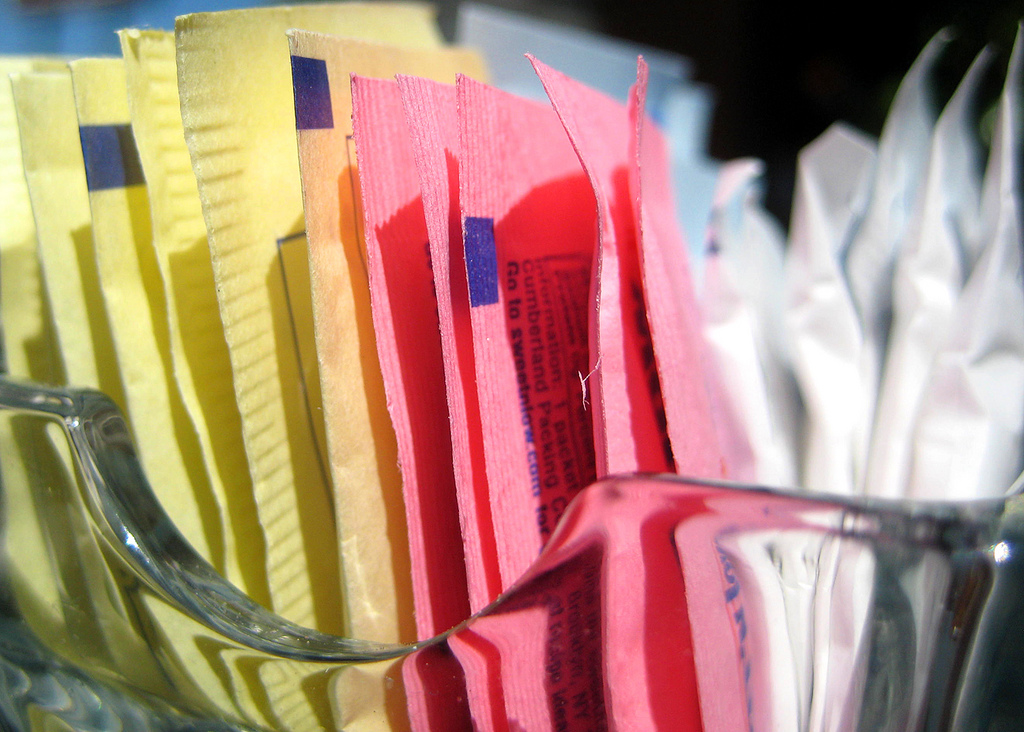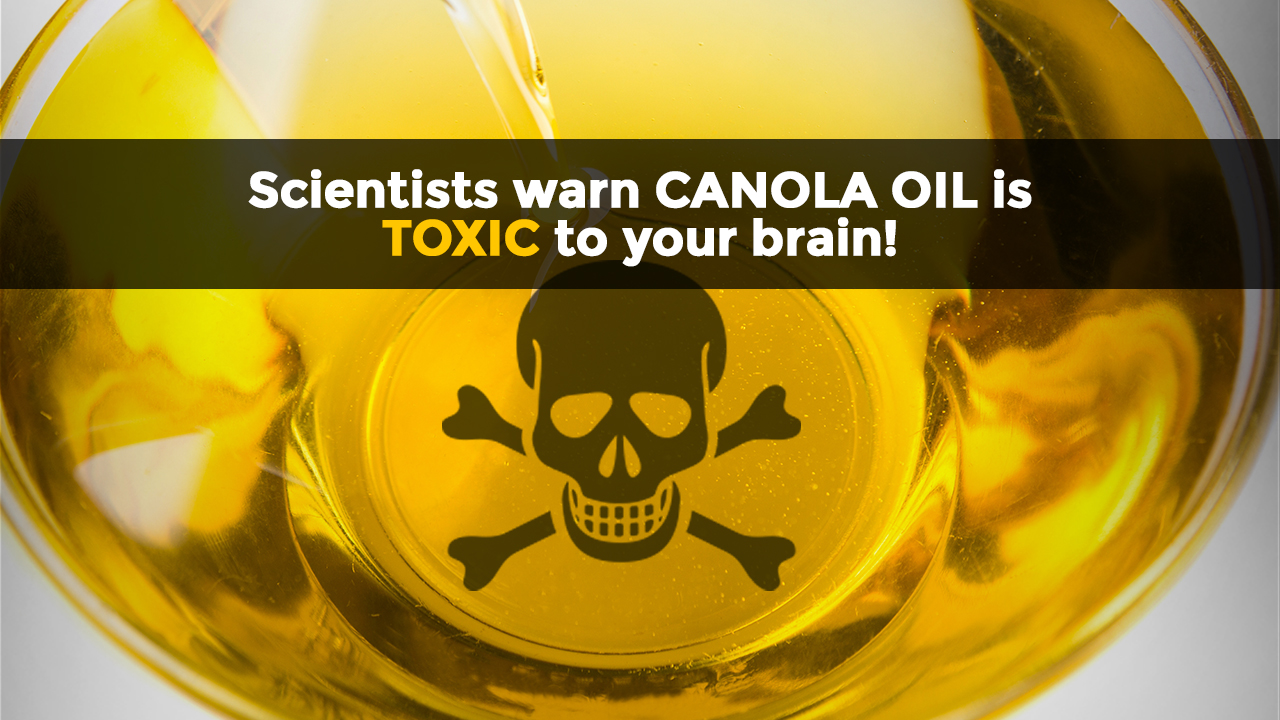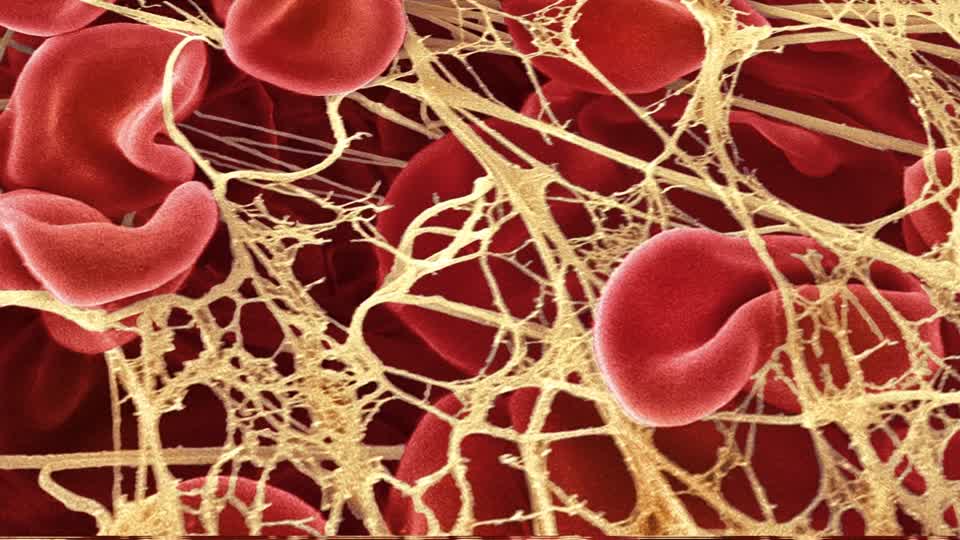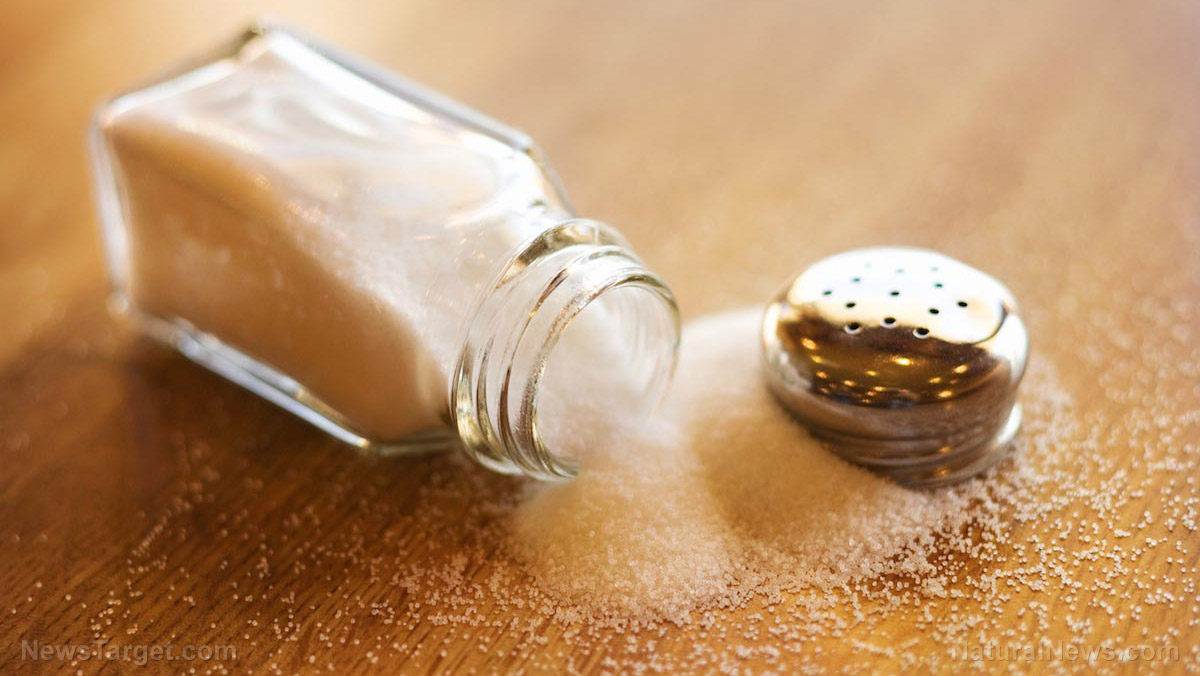Top 10 reasons to filter drinking water
09/24/2015 / By Carol Young
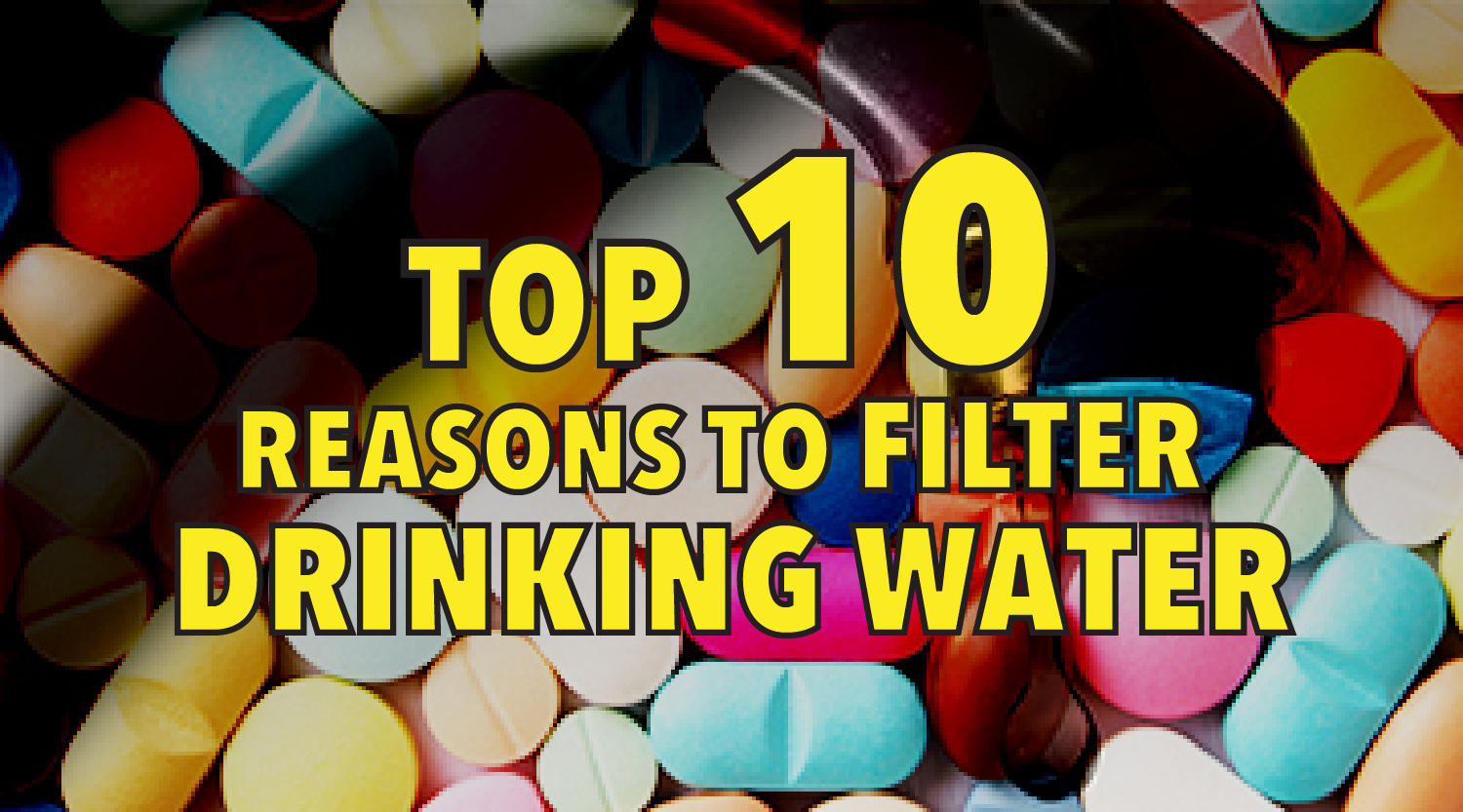
Water is integral to our lives. The Greek philosopher Thales characterized water as the “primary principle” of matter and believed that water “held the potentialities for the nourishment and generation of the entire cosmos,” according to the University of Tennessee’s Internet Encyclopedia of Philosophy. If Thales were transported from 624 BC to the 21st century, one can only imagine his disappointment at how “development” has poisoned and tainted the water on which he based his philosophy.
Mankind (and animal kind, too) is facing perhaps one of the most serious water shortages in human history. More than 97% of Earth’s water is in the ocean, and 80% “of pollution to the marine environment comes from the land.” Runoff that pollutes the ocean can come from cars, farms, ranches and industrial plants, as well as oil from roads, septic tanks and boats.
Ocean acidification has potentially disastrous consequences. Meanwhile, groundwater all over the world is being polluted from activities such as industrial mining, metal processing, used lead–acid battery recycling, contaminated surface water, artisanal gold mining or fracking.
Nearly every form of human consumption results in water contamination. For instance, getting the latest iPhone and throwing away your old cell phone? That e-waste is being dumped on some of the poorest regions of the planet, exposing children to toxic materials, which in turn find their way back into the water.
The overuse of pharmaceuticals is also affecting water sources: The U.S. Geological Survey conducted research in 1999 and found that 80% of their water samples from streams contained traces of at least one medication, such as antidepressants, blood thinners, heart medications or painkillers.
Fragrances, lotions and sunscreens also make their way into the water system. And in times of drought, like the one we are seeing in California, even naturally occurring elements like arsenic can become more toxic when groundwater levels drop significantly.
If this isn’t enough to scare you, then think about the depletion and pollution of aquifers (including the Edward’s Aquifer here in Central Texas) that, once irrevocably damaged, will not replenish or recover in any of our lifetimes, or even in our grandkid’s lifetimes. The laissez-faire stance that so many average people take with respect to our water crisis is worrying; they may be saying, “Crisis, what crisis?” because they can still turn their tap on and water comes out.
But the truth is that one day turning on that tap won’t be so easy, cheap or safe. Even now, the high level of contaminants in our water is frightening, and this is why you need to start filtering your water now, since you will most certainly need to in the future.
Arsenic
Arsenic is a naturally occurring element found in groundwater. Levels of arsenic can vary from water source to water source. Arsenic contamination has been a problem in Bangladesh, Argentina, Taiwan, India and now parts of California. In Taiwan, drinking arsenic-contaminated water led to blackfoot disease; in Bangladesh, people developed lesions on the skin, and many later died of cancer due to arsenic poisoning; and now, in Southern California the residents are facing the same problem: They cannot drink the tap water because it is so polluted with arsenic.
Scientists are now saying that even low doses of arsenic can lead to respiratory problems, cardiovascular disease, diabetes, and cancers of the skin, lung and bladder. Researchers have only recently connected low-level exposure of arsenic to disease after noticing the health problems of the people living in Bangladesh who experienced, as the World Health Organization put it, “the largest mass poisoning of a population in history.”
Fluoride
Speaking of mass poisoning, how about mass medication? Fluoride is used not to treat water but ostensibly in order to prevent tooth decay. Mandatory water fluoridation has been the subject of court cases – activists say that they should not be subjected to mass medical treatment through the city’s water supply without informed consent. Individuals have brought suit against municipalities and say that their families have become ill from ingesting fluoride. Unfortunately, US citizens are not allowed informed consent when it comes to water fluoridation.
In fact, water fluoridation has been banned in most of Europe. Here at home, more people are taking a strong stance again water fluoridation, with some researchers saying that fluoridation is simply a “violation of medical ethics and human rights.” A 2003 article including that phrase in the title and published in the International Journal of Occupational and Environmental Health asserts this idea: “The police power of the State has been used in the United States to override health concerns, with the support of the courts, which have given deference to health authorities.”
Rocket fuel
Perchlorate is the primary component of rocket fuel; it is a salt made of one chlorine atom and four oxygen atoms. Perchlorate is both naturally occurring and man-made; it is used in fireworks, flares and explosives, and is sometimes present in fertilizers and bleach. High concentrations of perchlorate are often found at formerly used defense sites, sites where rocket propellants, munitions and explosives are manufactured, sites where rocket testing took place and places where these military weapons were disposed of. According to a 2002 publication by the Awwa Research Foundation titled National Assessment of Perchlorate Contamination Occurrence, California led the nation with the greatest number of high-risk sites for perchlorate contamination, followed by Texas.
Perchlorate has been found in foods, milk, tobacco plants and, you guessed it, drinking water, groundwater, surface water and in the soil and sediment. “Perchlorate can interfere with iodide uptake in the thyroid gland,” according to a 2014 EPA fact sheet. The EPA also labels perchlorate as a “likely human carcinogen.” The people most vulnerable to perchlorate exposure are the “fetuses of hypothyroxinemic pregnant women” and infants who are exposed to perchlorate either through water in infant formula or from breast milk. In 2013, the EPA discussed the implication of exposing babies and fetuses to perchlorate: “The fetus and infant are more susceptible to perchlorate exposure effects than is the adult given that an adequate supply of thyroid hormone is essential for normal brain development. Consequently, deficits in brain development may become permanent if thyroid hormone deprivation occurs even transiently during fetal development or early life.” Be sure to use a reverse-osmosis filter for your drinking water.
Chlorine
Water suppliers often add chlorine to drinking water to kill bacteria. When chlorine reacts with naturally occurring organic compounds, it can create trihalomethanes (THMs); drinking THMs over an extended period of time can cause liver, kidney or central nervous problems, as well as an increased risk of developing cancer. THMs have also been specifically linked to heart disease, bladder cancer and eczema. Water filters like Big Berkey can remove chlorine, fluoride and THMs from your water.
Chloramine
Chloramine is used to disinfect water and water supply companies often refer to it as monochloramine. Chloramine is difficult to remove; even boiling and distilling water will not entirely remove chloramine. Chloramine can aggravate the respiratory system, cause congestion or shortness of breath, increase asthma and damage mucous membranes in the same way that is seen in smokers. One study found that there were more deaths from influenza and pneumonia in communities that used chloramine. This additive may also cause skin problems such as rashes, itching, pigmentation, blistering, cracking, chapping, welting and even scarring. Chloramine may also cause digestive orders and can be dangerous to consume for people with kidney or blood problems. If this sounds like the side effects list on a prescription drug label, then allow me to remind you, this is an additive to public drinking water.
Fracking
Certain fracking processes contaminate drinking water. In the midst of an oil and gas boom driven by fracking, eight states have already reported contaminated drinking water because of the controversial drilling. In an assessment of hydraulic fracturing and drinking water, the EPA wrote, “Of the potential mechanisms identified in this report, we found specific instances where one or more of these mechanisms led to impacts on drinking water resources, including contamination of drinking water wells.” California is now using recycled water from fracking wells to irrigate their crops. This carcinogenic waste is even allowed to be sprayed on organic produce. In California’s Central Valley, home to massive food production for the entire country, recycled water from fracking wells has been used to water at least 45,000 acres of farmland. Chevron, which tests the wastewater before releasing it, reported results from its laboratory tests and found acetone (powerful industrial solvent) and benzene, a cancer-causing chemical.
Prescription drugs
Prozac, birth control drugs, hydrocodone (for pain), ranitidine (acid reflux), hydrochlorothiazide (congestive heart failure), anti-epileptic drugs, anti-anxiety drugs, sex hormones, carbamazepine (mood stabilizer), antibiotics, Oxycontin and antidepressants: This cocktail of drugs could be found in a tap near you! One could diagnose the problems of a community simply by testing the water and finding out which drugs are most prevalent. Los Angeles tested positive for meprobamate (anti-anxiety) and phenytoin (anti-convulsant).
Tucson tested positive for carbamazepine (treats seizures, manic depression and nerve pain). One researcher, Nick Schroeck, works for the Great Lakes Environmental Center and suggests that researchers need to start looking at how low doses of these drugs interact with one another: “The scary thing for me is not one particular drug, although do I want to be drinking Viagra in my water? No,” said Shroeck. “It’s potentially hundreds or thousands of compounds interacting with each other and how that affects aquatic life and human health.”
Agricultural chemicals
According to the Environmental Working Group, “nearly two-thirds of the agricultural chemicals detected in tap water are unregulated, with no legally mandated limit.” In 1987, a report came out that discussed the accelerated use of agricultural chemicals, many of which were adversely affecting ground water. The pollution stemmed from nitrogen fertilizers and pesticides. Worldwide research at the time showed that nitrate-nitrogen increases in groundwater closely paralleled the use of fertilizers.
The problem of widespread pollution was just beginning to be a concern. Nearly 30 years later, problems with nitrate in the water are expected to worsen over the coming decades. Most nitrates currently found in drinking water were applied to the surface years ago. It can take a very long time for contaminants to cycle out of the groundwater. A 2012 report by the University of California, Davis, titled Addressing Nitrate in California’s Drinking Water noted, “Groundwater is essential to California, and nitrate is one of the state’s most widespread groundwater contaminants. Nitrate in groundwater is principally a by-product of nitrogen use, a key input to agricultural production. However, too much intake of nitrate through drinking water can harm human health.”
Urban pollution
Unsurprisingly, urbanization leads to the contamination of drinking water. The main pollutants that flow into rivers, estuaries, lakes and streams from urbanization are sediment, oil, grease and toxic chemicals from motor vehicles, pesticides and nutrients used on lawns, as well as road salts, viruses, bacteria from pet waste, failing septic systems, heavy metals from roof shingles and motor vehicles, and thermal pollution. All of these urban pollutants affect drinking water, harm wildlife populations and kill native vegetation.
Endocrine disruptors
The U.S. Department of Health & Human Services warns that endocrine disruptors can interfere with the functioning of hormones in the body. Chemicals that are known to be endocrine disruptors include dioxin, PCBs (man-made compounds formerly used in electrical equipment), DDT and diethylstilbestrol (the drug DES which was commonly prescribed between 1940 and 1970). The Environmental Working Group gives a “Dirty Dozen” list of endrocrine disruptors to avoid, which include: BPA, dioxin, atrazine (drinking water contaminant from corn crops), phthalates, perchlorate, fire retardants, lead, arsenic, mercury, perfluorinated chemicals (PFCs, from non-stick cooking ware), organophosphate pesticides and glycol ethers. Attorney Philip Schworer reported in 2010 that “many wastewater treatment facilities do not treat for these chemicals, and if they do, the treatment is incidental and does not have the ability to remove a large enough percentage of the chemicals from the water stream. This, again, refers back to the concern that EDC can have serious adverse health impacts in low doses.”
Bonus toxin in California:
Byproducts of water treatment
Reusing sewage for drinking water is already common in some nations of the world. In the United States, particularly in California, this practice is becoming more common. Even if the water is safe to drink, it probably would not hurt to run recycled sewage water through a home filter one more time before you drink it.
Sources:
Yosemite.EPA.gov[PDF]
PublicAccess.SupportPortal.com
GroundWaterNitrate.UCDavis.edu[PDF]
Submit a correction >>
Tagged Under:
arsenic, benzene, cancer, crop irrigation, drinking water, Fluoride, fracking, groundwater, PFCs, pharmaceutical drugs, sewage, wastewater, water filter
This article may contain statements that reflect the opinion of the author
RECENT NEWS & ARTICLES
COPYRIGHT © 2017 TOP 10 GROCERY SECRETS





